Family Getaway 8 Days 7 Nights Paro Culture and Heritage Vacation Package
Price (per person)
Duration
Tour Type
Itinerary
Arrival At Bagdogra Airport/ NJP Railway Station Phuentsholing 165 Kms (drive Of 3hrs-4hrs)
Meet & Greet upon arrival at Bagdogra Airport/ NJP then transfer to Phuntsholing (298Mts / 977Fts), a small town at the Indo-Bhutan borders. You will come across of many beautiful tea bushes and the jungle of Gorumara. Check into hotel and rest for the day. In evening leisure walk around Phuentsholing and Jaigaon local markets. Bargaining in Jaigaon local market can be done. Meanwhile we will apply for the visa for Thimphu and Paro. Overnight in Phuntsholing followed by dinner at hotel or outside restaurants. Phuentsholing (alt. 300m/985 ft) - The frontier town, it is a thriving commercial centre, situated directly at the base of Himalayan foothills. It is a fascinating place where different ethnic groups mingle prominently Indian, Bhutanese and Nepalese. Being the border town, Phuentsholing serves as the convenient entry/exit point for Bhutan and also the important link to visit the Indian state of West Bengal, Sikkim and Assam.
Phuentsholing To Thimphu - 175 Kms (drive Of 5hrs-6hrs)
Day 04 Thimphu To Punakha
Paro Local (Taktsang Monastery)
Paro To Phuentsholing
Phuentsholing- NJP Railway Station/IXB Bagdogra Airport
Inclusions
- Breakfast
- Accommodation
- Sightseeing
Exclusions
- Transfers
Terms and Conditions
- NA
- NA
- NA
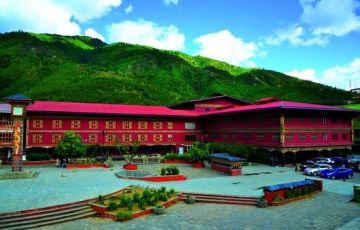

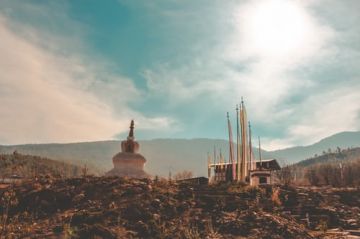
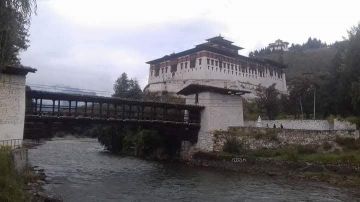
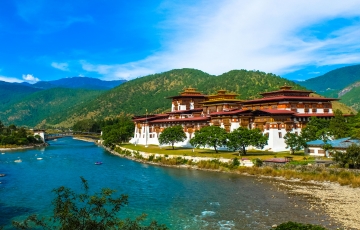
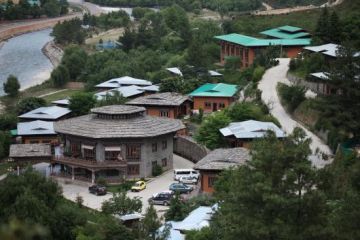
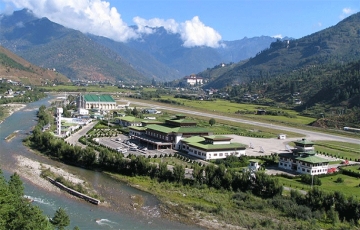
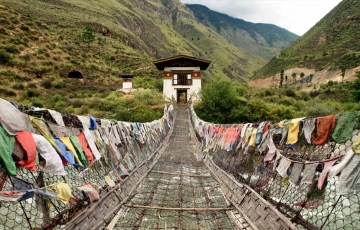
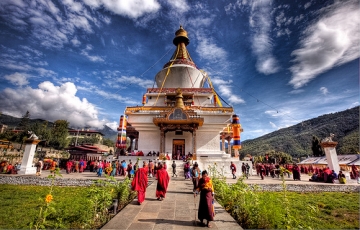
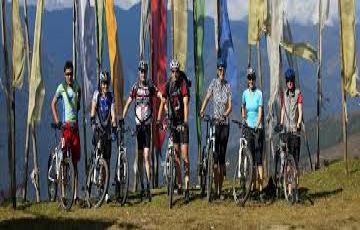
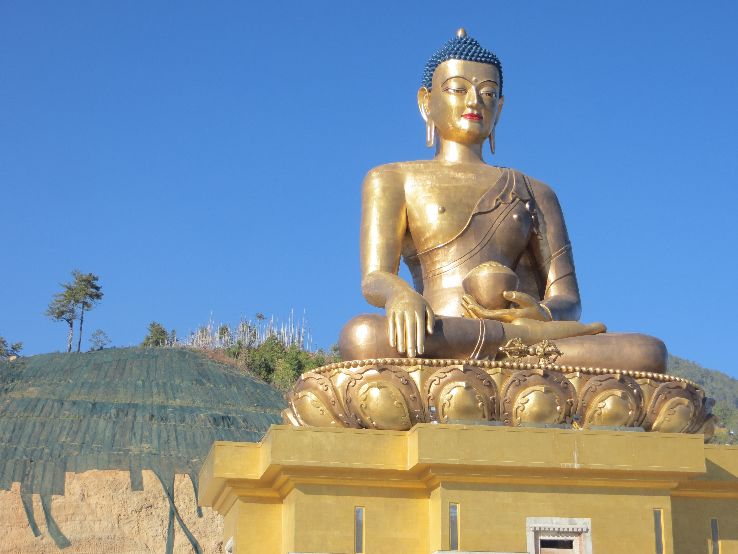
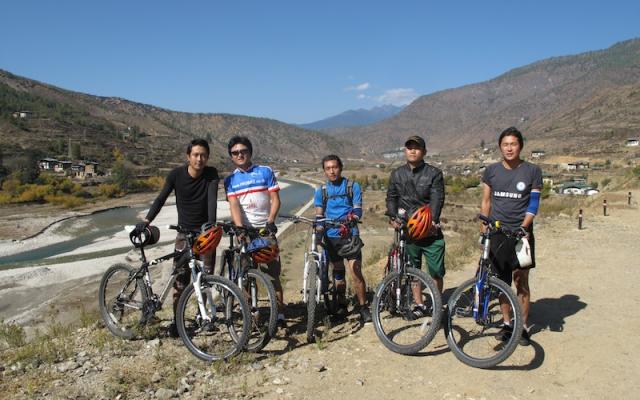
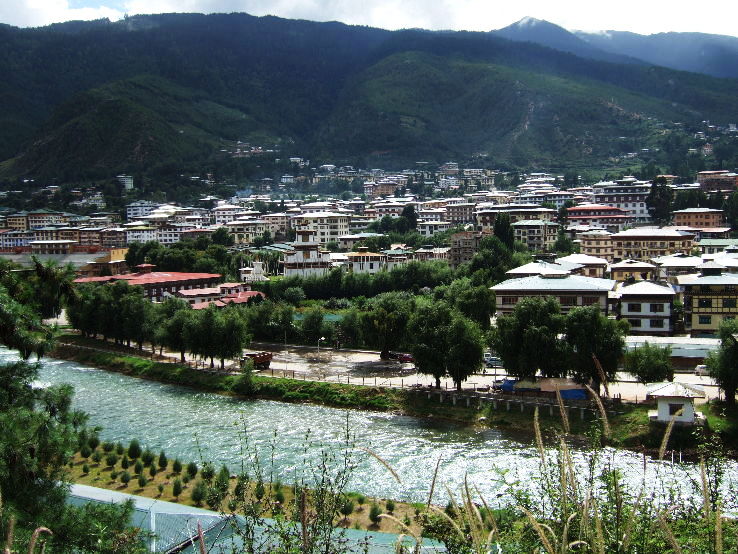
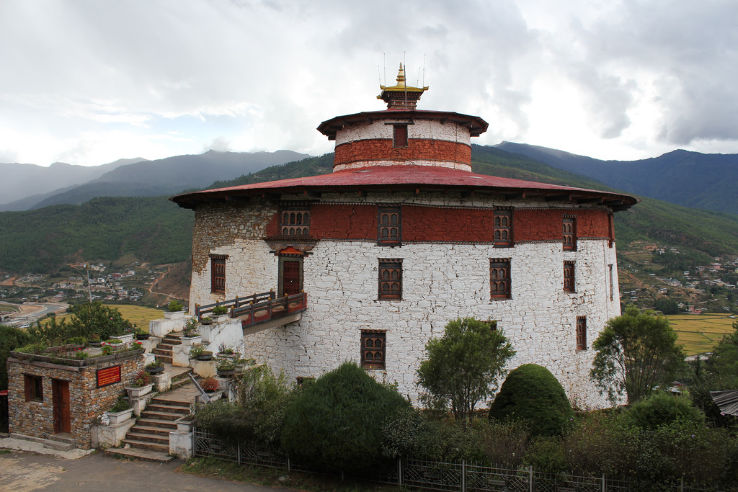
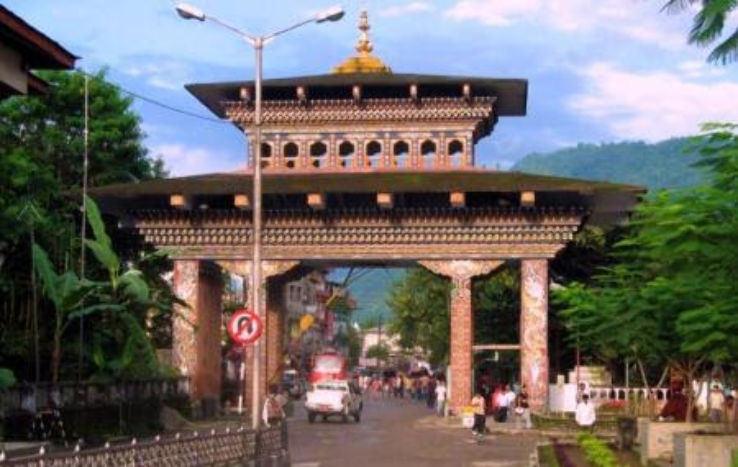
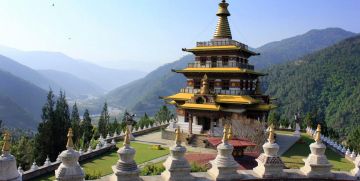
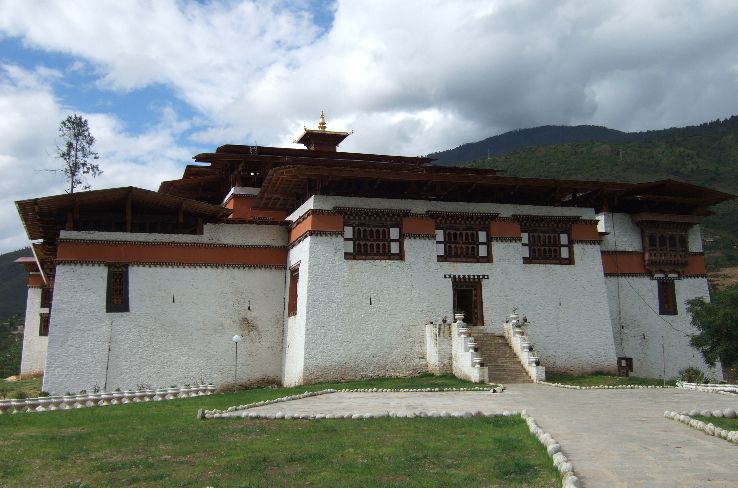
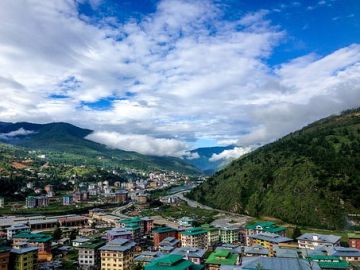
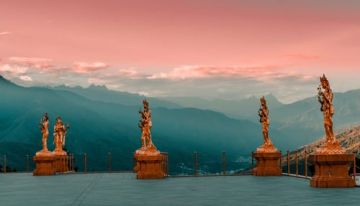
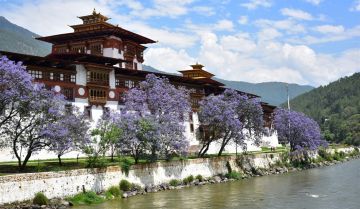

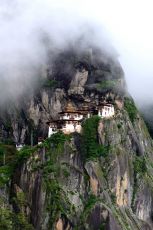
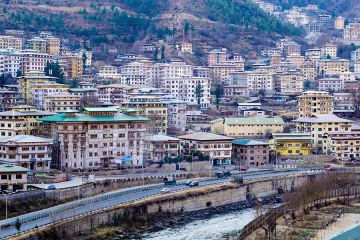
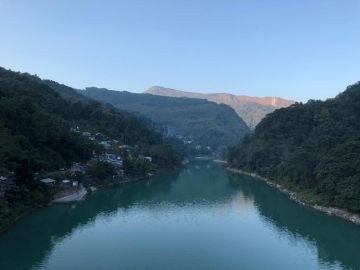
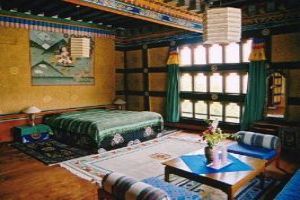
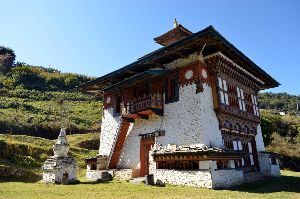
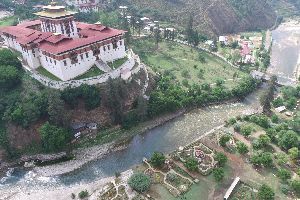
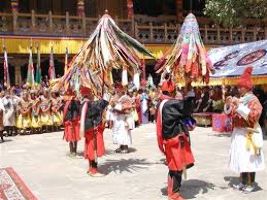
_1511004344t.jpg)
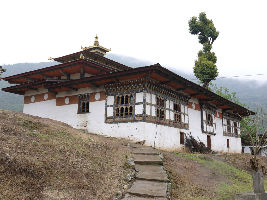
_1515404286t.jpg)
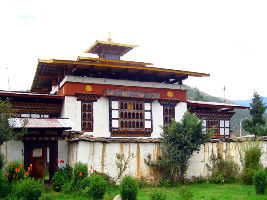
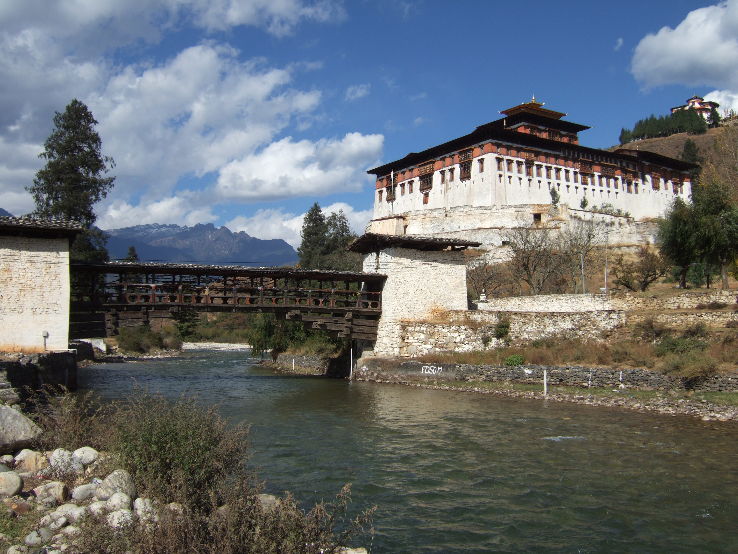
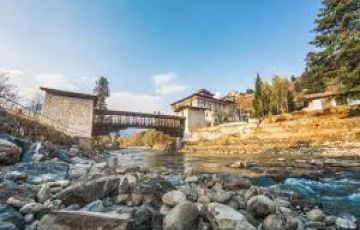
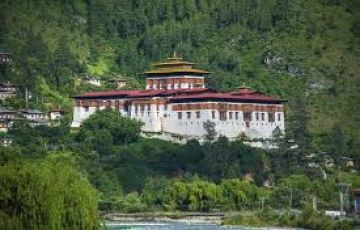
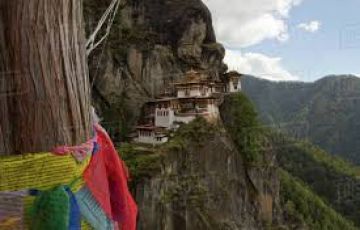
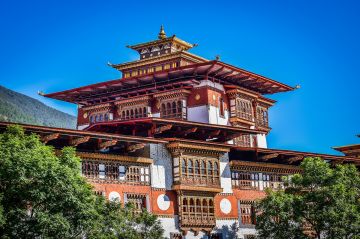
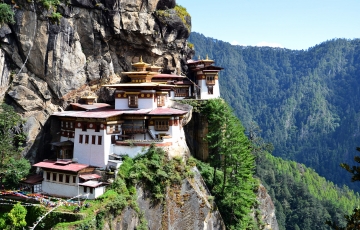
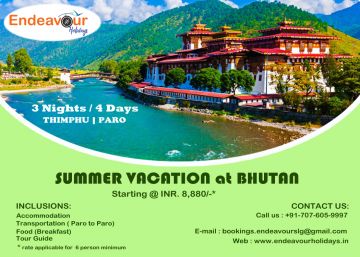
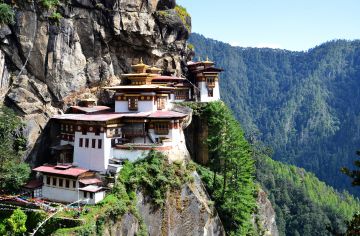
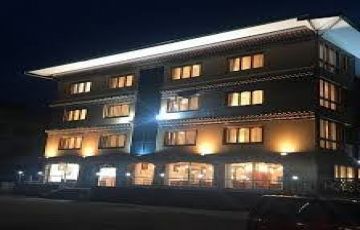
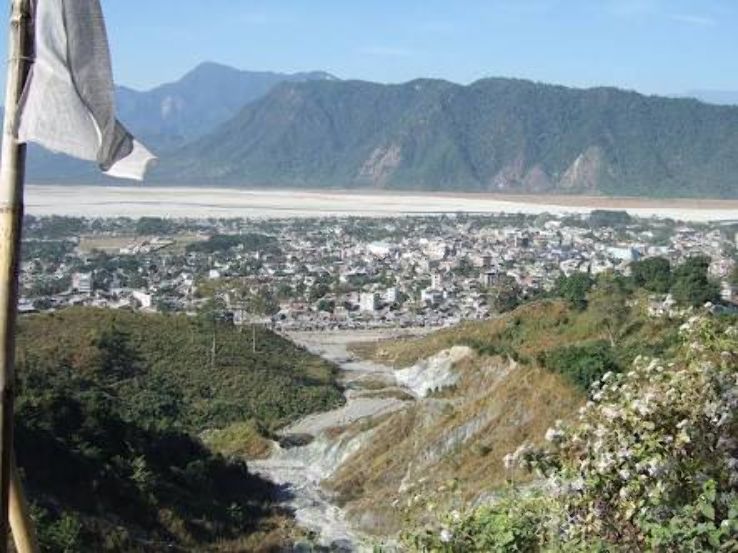
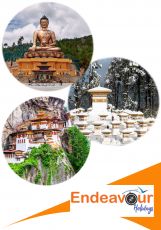
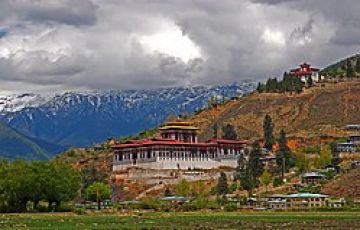
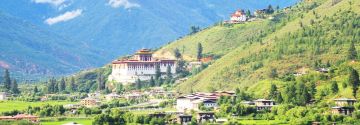
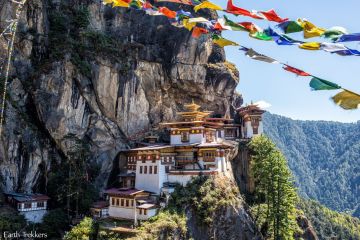
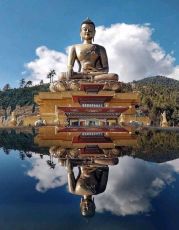
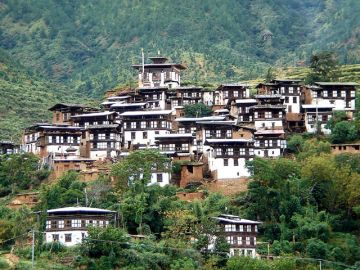
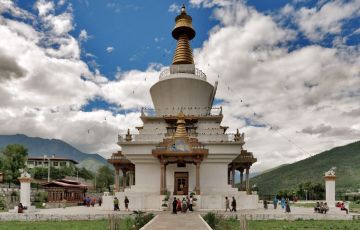
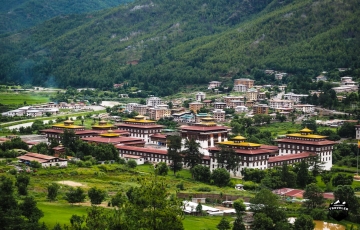
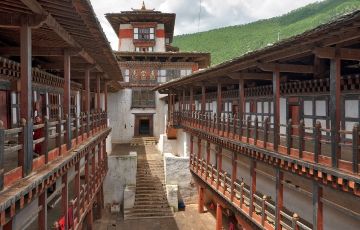
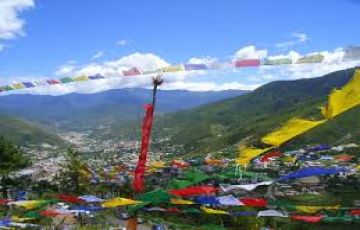
Thank you Hello Travel team and Holiday Planners. We would definitely like to plan our next trip with you guys.